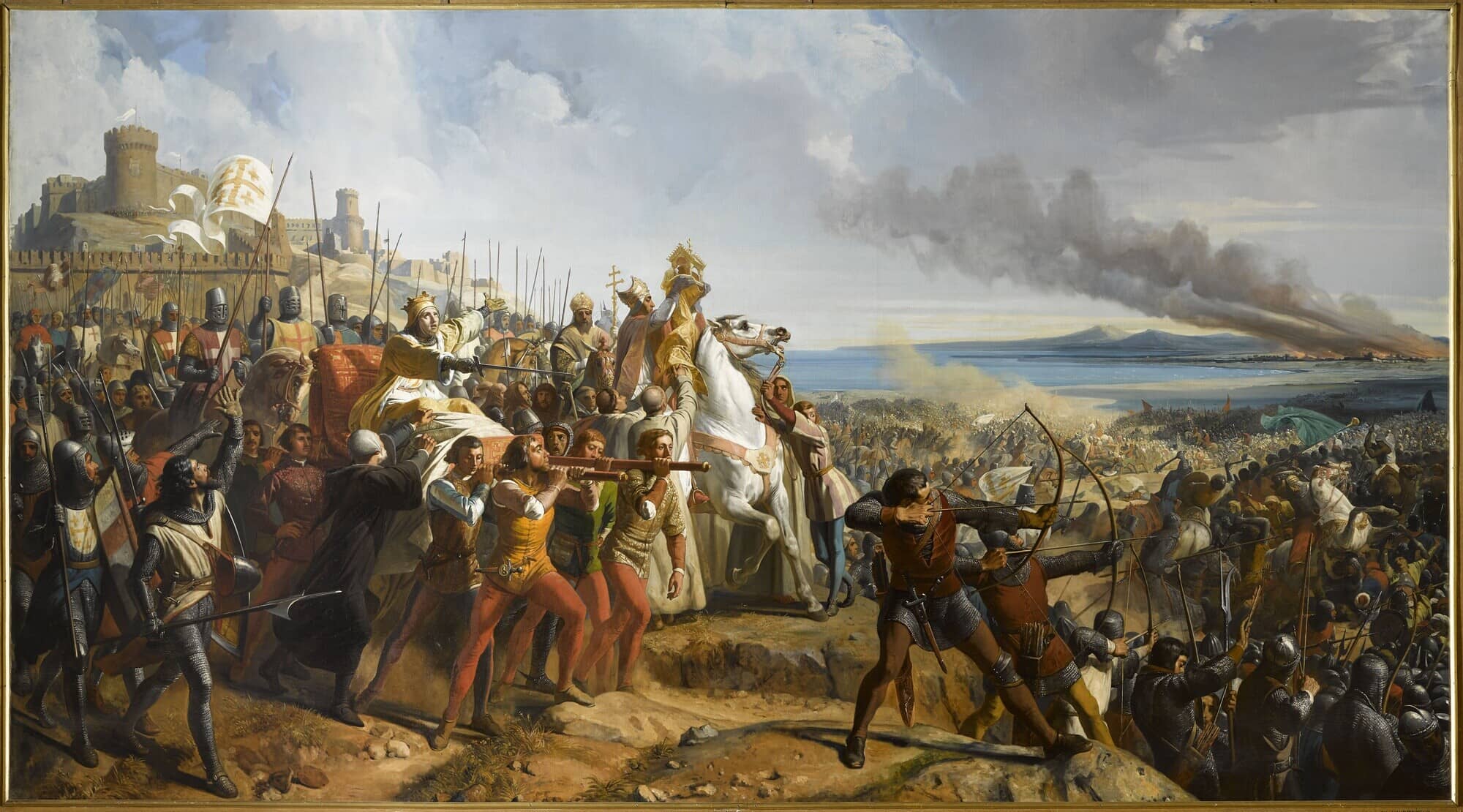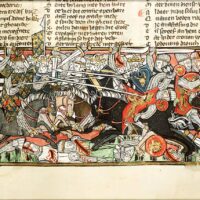Battle of Montgisard: Crusaders vs. Saladin’s Forces
The Battle of Montgisard was a significant military engagement that took place on November 25, 1177, during the Crusades. It was fought between the Crusader forces led by King Baldwin IV of Jerusalem and the Muslim forces under the command of Saladin.




